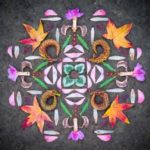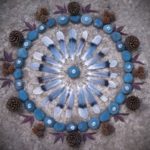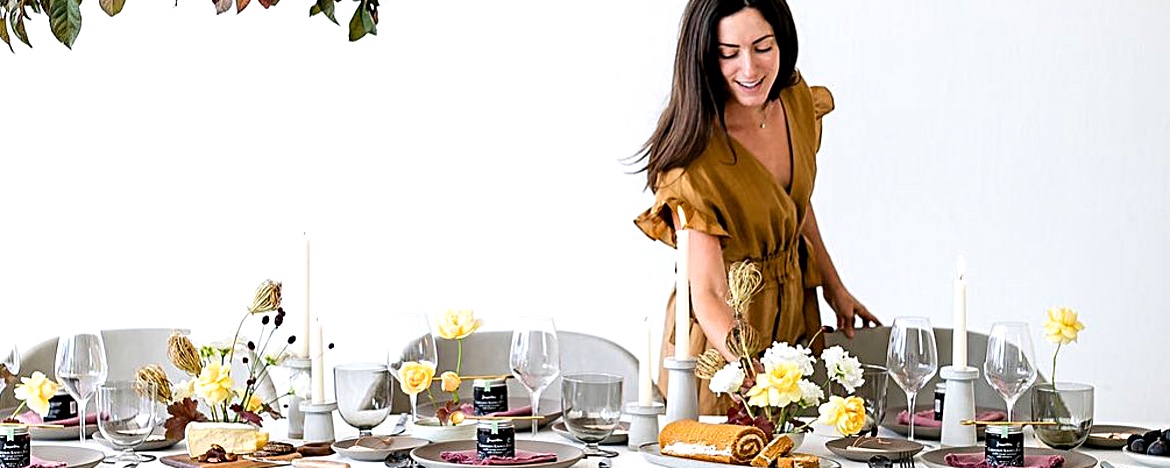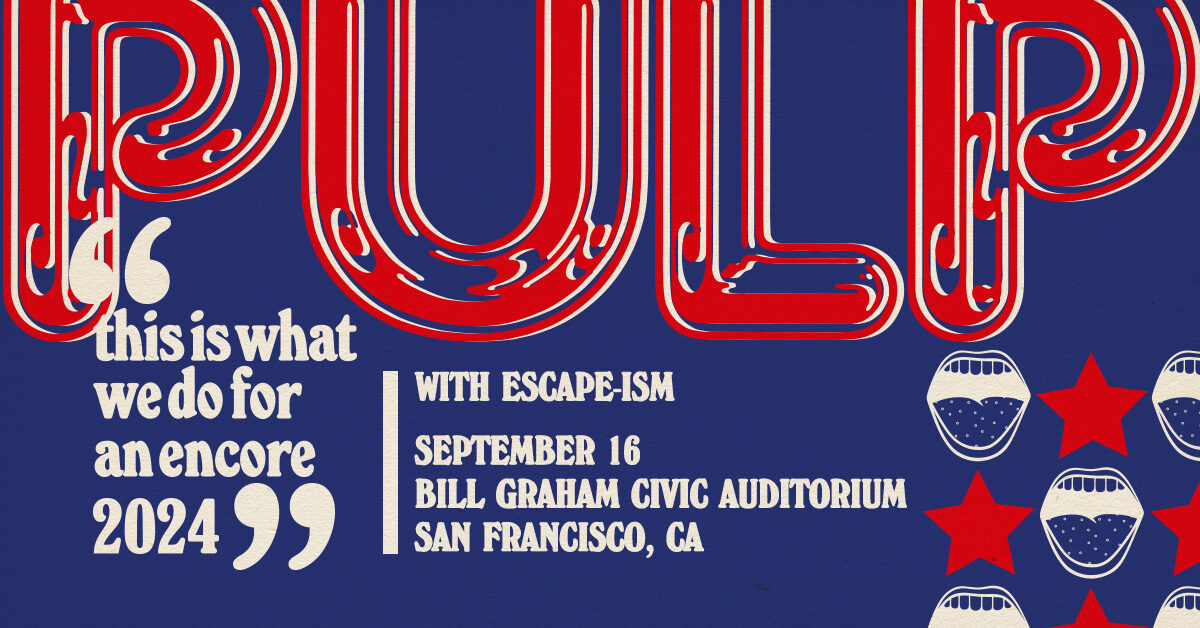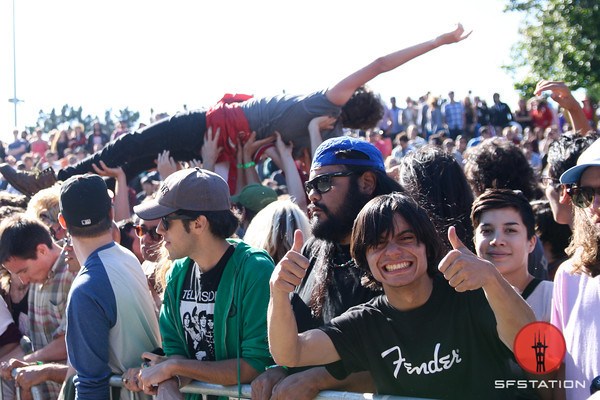Lessons in Impermanence From a Wandering Earth Artist

It was through impermanence that Day Schildkret found his calling as an artist. Looking for a way to move past a breakup, he awoke one morning to trek through the hills behind his house at the base of Wildcat Canyon in Richmond.
Since childhood, he’d been drawn to things that others usually rendered valueless, like leaves, flowers, bones and feathers. In wandering, he began to construct altars from the objects he found along the way, and through the act of creation he discovered he was able to meditate past the grief.
When Schildkret talks about his work, there’s both an intentionality and a mystery to his words. Like his mantra on life, they seems to say: slow down and trust in the journey, not the destination.
After all, he didn’t really choose the path he’s on. Moreso, it chose him.
“This is not the kind of career my parents would have dreamed up for me, but it’s more akin to a calling,” Schildkret said. “As I started putting it out into the world, it was one of these things you can’t not do it.”
Every morning, for the past six years, he’s built a morning altar. He steps away from it each time feeling energized by the subtle beauties of nature. What started as a solitary experience, and a way to move through loss, transformed into something worth sharing with others.
It wasn’t long until his photographs on social media began to amass a small following (at @morningaltars) and he was being pinged with requests to share his installations.
From visits to places like Google and the Wisdom 2.0 Conference, to Lighting in a Bottle and Red Rock Arts Festival, he’s developed a seven-step philosophy to teach others find healing and connection via intentional earth art.
Most recently, he stopped in Boise, Idaho, for teaching workshops and sharing lessons from his first book, Morning Altars: A 7-Step Practice to Nourish Your Spirit through Nature, Art, and Ritual.
He asked the group of workshop attendees to think of a particularly difficult month out of the past year and pair up into groups to build altars. By the end, what had once been complete strangers were now sharing intimate traumas in their lives. Each group’s work was fit together to form a spiraling mandala of seasons. Their collaboration became an exercise in reflection and understanding, not just art.
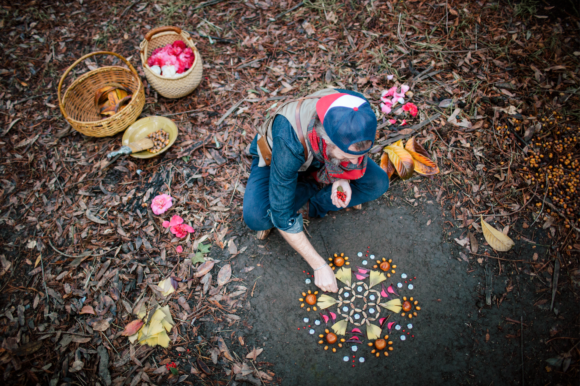
For Schildkret, the work tends to be so much more than placing pretty flowers together to build colorful, kaleidoscopic models. His art also contends with the currents of speed and time.
Reflecting on the etymology of the word ‘ritual’, he remarks that “it’s something that puts us back into rhythm with our lives in the same way a dancer counts time.”
“I thoroughly believe we need to do that with the places we live,” he said. “We need to slow down and be with each other and feel with each other and witness each other.”
Before moving to the East Bay, Schildkret spent several years living off 24th Street in the Mission District. If that wasn’t a busy enough existence, he’d previously resided in Times Square in New York City, a city with arguably more foot traffic than any other in the country.
Although it meant constantly being surrounded by people, it was a poor excuse for fashioning lasting connections. More interactions were also happening in the digital space, further severing the intimacy of relationships.
“Social media is a tool of connection that simulates this but really it isolates people. I think there’s real consequences on us as humans to live a life like that.”
While Schildkret’s creative vision might feel new in the 21st century, it draws on the ancestral tradition of nearly every indigenous culture to date. Communities would ritualistically build altars to maintain the health and wellness of their people, pray for rain, and reflect on loss or death.
Gathering people together to engage with one another, as well as the natural world, is his method of recomposing community in a way the virtual landscape will always feel incapable of doing. ‘This is a practice that helps us remember our humanity, in a time where it’s slipping through our very fingers.”
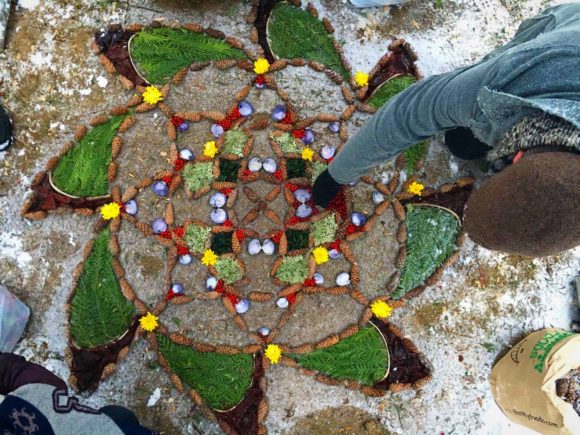
Last month, he traveled back to New York to the 9/11 Memorial and Museum. There, he was reminded of how powerful that ceremony can be when one of the participants, and a first responder to the Twin Towers in 2001, joined their group to help build an altar.
At its center, the man had gathered pieces from the Survivor Tree, a lone pear tree pulled from the rubble on 9/11, to construct what resembled an open eye. It was meant to symbolize the victims looking back at them from the other side.
“We made beauty with the loss and grief we were all feeling,” he said. “To have that experience was incredibly profound.”
When Schildkret advocates for less information and a deeper sense of curiosity, he’s reminded of the words of the late High Priestess of Soul, Nina Simone, when she said, “an artist’s duty, as far as I’m concerned, is to reflect the times.”
There’s an earnest trouble in our culture that springs from our addiction to needing to feel permanence and competency in what he terms as our “GPS generation”. We have all the technology at our fingertips, but we often forget there’s peace to be found in becoming more skillful at wandering—and wondering.
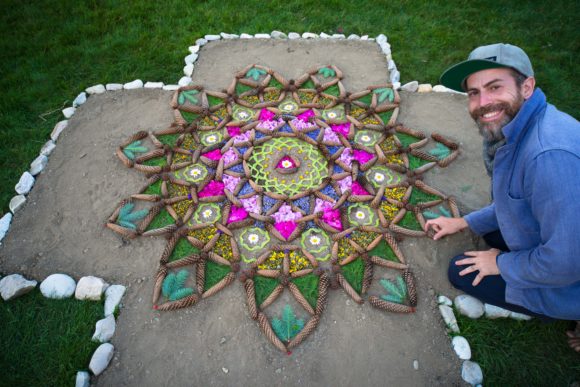
Morning Altars asks us to be less committed to having all the answers, and more receptive to getting lost and just seeing where we end up.
Fortunately for anyone who’s interested, there’s no age, race, or economic constraints to comply with. All it takes to start is an open mind and an open road.
Not to undermine Schildkret’s own sense of wander, he does have fairly concrete plans for the future. In the upcoming year, he’ll continue leading purpose-driven workshops, providing personalized creative coaching sessions, and lining up more events like the 9/11 Memorial workshop where participants can use art to work through difficult life experiences.
In recounting a quote he’s heard time and again, Schildkret dispenses an important reminder: “it’s not enough to create beautiful art, we must also live beautifully.”
“The earth is teaching us all the time to practice being in awe at the most ordinary things,” he said. “It’s telling us to take some time to be with it and be curious about it.”
For more information on where to find Morning Altars art, workshops or swag, visit the website. You can also support the artist and his work at his Patreon page. Images in this article of works by Day Schildkret.
